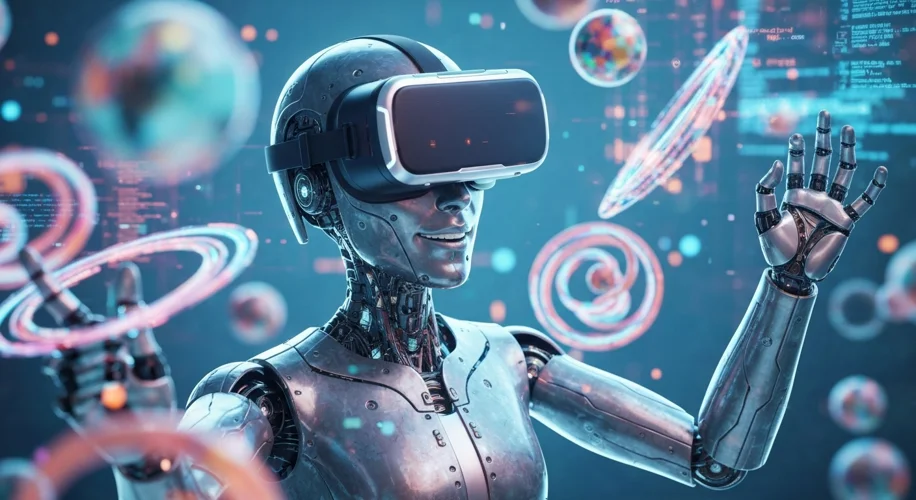Okay, so hear me out… as someone deep in the AI trenches for my PhD and with a soft spot for VR startups, I’ve been thinking a lot about how we teach machines.
We all know AI learns through data, massive amounts of it. But what if the way we learn also applies to how AI learns? Specifically, I’m talking about learning through play, and how Virtual Reality (VR) could be the perfect playground for this.
Think about it. When we play, we experiment. We try things, we fail, we learn from those failures, and we get better. It’s an intuitive, low-stakes way to build understanding. For AI, this translates into reinforcement learning, where an AI agent gets rewarded for good actions and penalized for bad ones. Traditionally, this has been done with lots of simulated data or carefully crafted environments.
But VR changes the game. Imagine an AI learning to navigate a complex, 3D space not from abstract code, but by experiencing it. It could learn object manipulation, spatial reasoning, and even social interaction cues by ‘playing’ within a VR environment. We could set up scenarios where an AI assistant learns to help a virtual user find items, assemble virtual furniture, or even understand basic conversational context through playful interactions.
This isn’t just about making AI more efficient; it’s about making it more adaptable and, frankly, more human-like in its learning process. Instead of just crunching numbers, AI could develop a more intuitive understanding of the world. This is especially relevant for AI that needs to interact with us in physical or simulated spaces.
For instance, consider training a robotic AI for a warehouse. Instead of millions of lines of code for every possible scenario, we could let a VR-embodied AI ‘play’ in a simulated warehouse. It could learn to pick up boxes of different shapes, stack them efficiently, and avoid obstacles through trial and error, just like a human might.
And for those of you who are gamers or just curious about the future of tech, VR offers a rich, interactive canvas. We’re talking about AI that can learn the nuances of a game by playing it, or AI that can assist in creative tasks by experimenting with virtual tools. This approach could lead to AI that is not only smarter but also more creative and context-aware.
My own experience building personal projects, including a machine learning model, has shown me how crucial intuitive datasets are. VR, with its ability to create complex, immersive, and interactive environments, can provide just that. It’s a step beyond traditional data inputs, allowing AI to learn from dynamic, playful experiences.
So, while we’re all focused on bigger, faster models, let’s not forget the power of ‘play’ in machine learning. VR might just be the key to unlocking a more natural, efficient, and even enjoyable way for AI to learn and grow. It’s exciting to think about where this intersection will take us.

